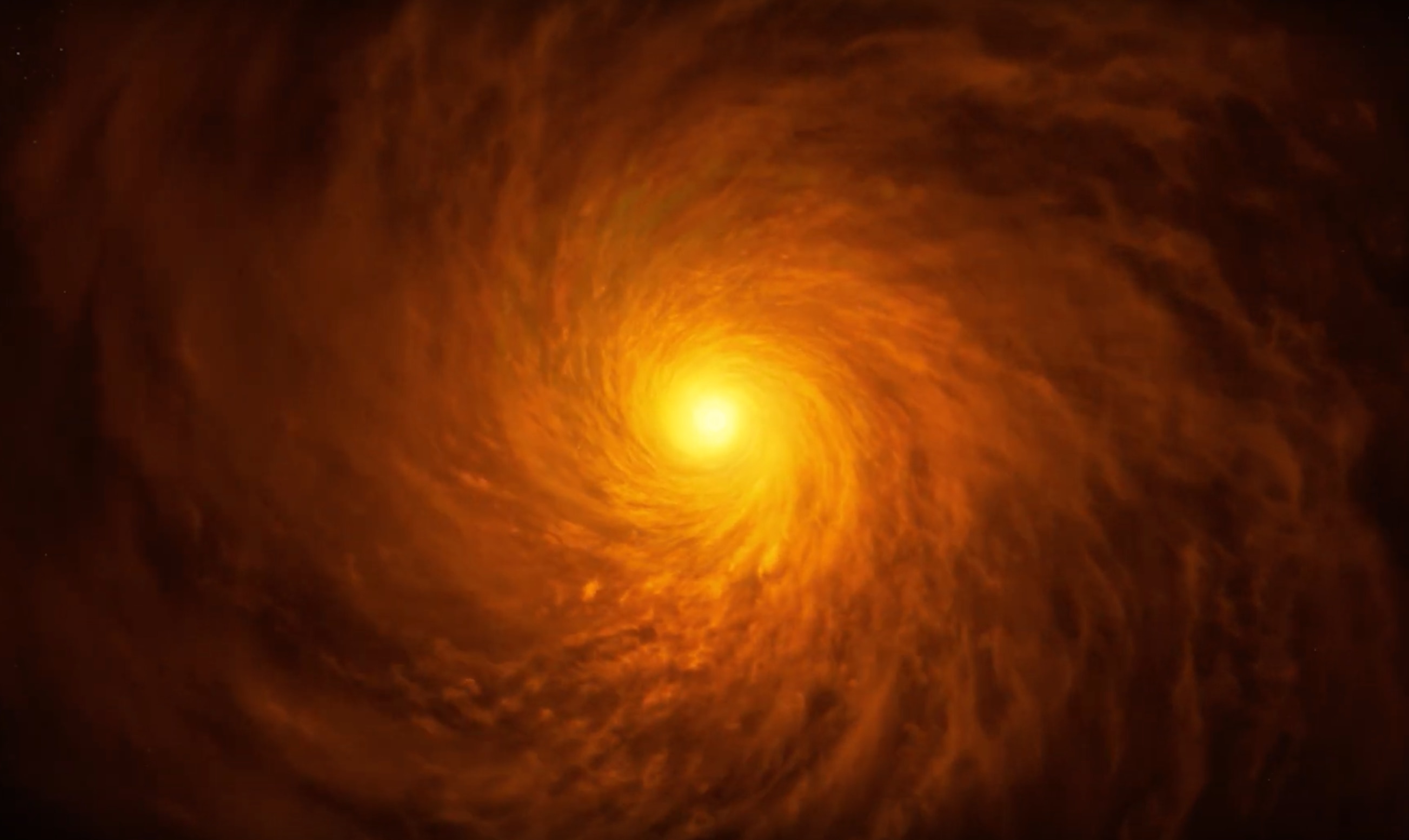Create a free profile to get unlimited access to exclusive videos, sweepstakes, and more!
Hubble just saw a black hole that isn’t supposed to exist

Black holes are usually surrounded by a disc of star stuff and other matter that is pulled in by their immense gravity—but a black hole with that kind of stereotypical accretion disc can’t possibly exist in the absence of certain conditions. Or so we thought.
NASA’s Hubble Space Telescope eyed a supermassive black hole lurking in the center of NGC 3147, a spiral galaxy 130 million light-years from Earth, which just defied something scientists thought they knew about these already mysterious cosmic phenomena. This black hole just doesn't devour enough material for anything swirling around it to take the form of a disc, just a faintly glowing space donut at most. It even challenges Einstein’s theories of general and special relativity.
Just to backtrack, gravity is described as the curvature of space by general relativity, while special relativity explains the relationship between space and time.
“We've never seen the effects of both general and special relativity in visible light with this much clarity,” said the ESA’s Marco Chiaberge, a member of the team that recently published this Hubble study in Monthly Notices of the Royal Astronomical Society.
Why is this black hole even starved? There just isn’t enough material floating around in NGC 3147 for its gravitational forces to capture so it can feed, meaning there also isn’t enough material for gravity to flatten into a disc (that explains the space donut). These discs were previously thought to form only around more ravenous black holes that gorge themselves. This black hole might have the mass of 250 million suns, but that’s nothing compared to some others out there.
Astronomers used to think that (at least in the case of black holes that eat enough) immense amounts of gas trapped by a black hole’s intense gravitational pull are supposed to form an accretion disc, and that the matter headed for its gargantuan maw emits so much light that it forms a quasar. The team had ironically been using NGC 3147 to prove theories that suggested malnourished black holes could definitely not form a disc. Those are usually expected from objects anywhere from 1,000 to 100,000 times more luminous, which is why this find really threw the Hubble team.
Hubble’s Space Telescope Imaging Spectrograph (STIS), which is able to block starlight that gets in the way, was used to observe matter deep inside the disc. Because of its faint luminosity, it might have otherwise might not have been found. The incredibly bright stars of NGC 3147 would outshine it if anyone in an observatory on Earth tried to make it out.
“We thought this was the best candidate to confirm that below certain luminosities, the accretion disk doesn't exist anymore,” team member Ari Laor said. “What we saw was something completely unexpected. We found gas in motion producing features we can explain only as being produced by material rotating in a thin disk very close to the black hole.”
Wherever Einstein is, even his mind is probably blown.
(via NASA)














